Home>Furniture & Design>Interior Design Trends>How To Remove Scratch From Glass Lenses
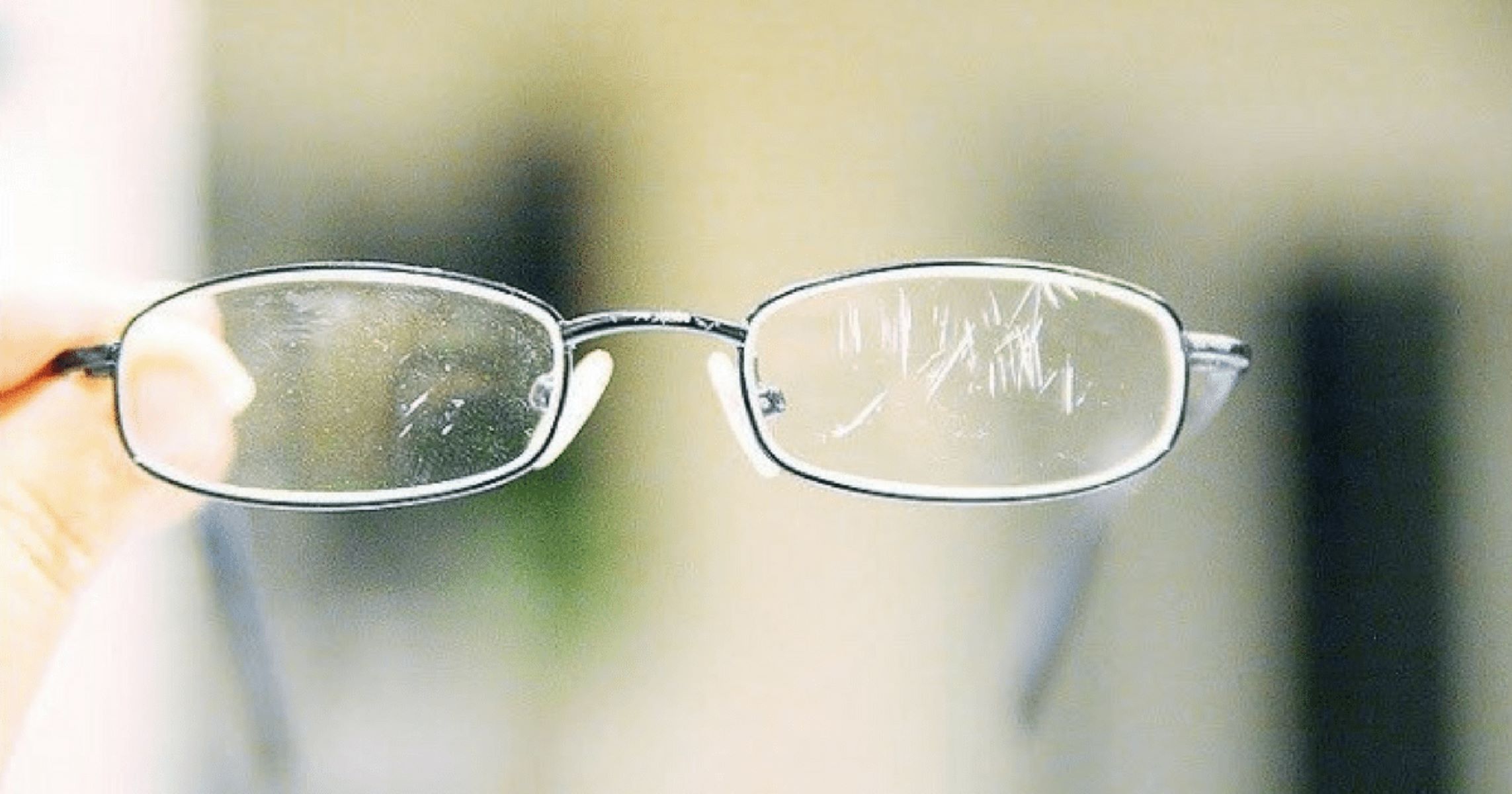

Interior Design Trends
How To Remove Scratch From Glass Lenses
Published: February 6, 2024
Learn how to effectively remove scratches from glass lenses and stay updated on the latest interior design trends. Discover expert tips and techniques for achieving flawless glass surfaces.
(Many of the links in this article redirect to a specific reviewed product. Your purchase of these products through affiliate links helps to generate commission for Storables.com, at no extra cost. Learn more)
Introduction
Glass lenses are a vital component of various optical devices, including eyeglasses, camera lenses, and telescopes. Despite their durability, glass lenses are susceptible to scratches, which can compromise their functionality and aesthetic appeal. Whether it's a minor blemish or a noticeable abrasion, scratches on glass lenses can obstruct vision and diminish the overall user experience. Fortunately, with the right tools and techniques, it is possible to effectively remove scratches and restore the clarity of glass lenses.
Understanding the nature of scratches on glass lenses is crucial for determining the most suitable approach for their removal. While some scratches may be superficial and only affect the surface of the lens, others can be deeper, potentially impacting the structural integrity of the glass. By gaining insight into the characteristics of different types of scratches, individuals can make informed decisions regarding the methods and products to use for successful scratch removal.
In this comprehensive guide, we will delve into the intricacies of removing scratches from glass lenses, providing a step-by-step approach that empowers readers to tackle this common issue with confidence. From identifying the necessary tools and materials to implementing proven techniques, this guide aims to equip individuals with the knowledge and skills needed to effectively restore the clarity and functionality of glass lenses.
By following the insights and instructions outlined in this guide, readers will be able to address scratches on their glass lenses proactively, extending the lifespan of their optical devices and enhancing their visual clarity. Additionally, we will explore valuable tips for preventing future scratches, empowering individuals to maintain the pristine condition of their glass lenses for years to come.
Let's embark on this journey to discover the art and science of removing scratches from glass lenses, unlocking the potential to revitalize and preserve these essential optical components.
Key Takeaways:
- Say goodbye to scratches on your glasses! Follow our step-by-step guide to restore clarity and functionality to your glass lenses. Plus, learn how to prevent future scratches for a prolonged visual experience.
- Uncover the art and science of scratch removal from glass lenses. Equip yourself with the right tools and techniques to conquer scratches and preserve the brilliance of your optical devices.
Read more: How To Remove Sandpaper Scratches From Glass
Understanding the nature of scratches on glass lenses
Scratches on glass lenses can vary in terms of depth, width, and impact on the lens's functionality. Understanding the nature of these scratches is essential for determining the most effective approach to their removal. Superficial scratches, often characterized by minor blemishes on the lens surface, are typically less invasive and can be addressed with relative ease. These scratches may result from incidental contact with abrasive materials or minor impacts, and while they may not significantly impair vision, they can still detract from the overall clarity of the lens.
On the other hand, deeper scratches pose a more significant challenge. These abrasions can penetrate the protective coatings and even affect the structural integrity of the glass, potentially compromising the optical performance of the lens. Deeper scratches are often the result of more forceful impacts or prolonged contact with abrasive surfaces, and they can significantly hinder the user's visual experience.
It's important to note that the composition of the glass lens can also influence the nature of the scratches. For instance, some lenses may have specialized coatings or treatments that enhance their durability and optical properties. When scratches occur on such treated lenses, the removal process must be approached with care to avoid further damage to these coatings.
Additionally, the location of the scratches on the lens can impact their visibility and the urgency of their removal. Scratches near the center of the lens, particularly in eyeglasses, can directly obstruct the line of sight, making them more bothersome to the user. Conversely, scratches on the periphery of the lens may be less intrusive but can still affect the overall aesthetic appeal and longevity of the lens.
By recognizing the diverse characteristics of scratches on glass lenses, individuals can make informed decisions about the appropriate methods and tools for addressing them. Whether it's a superficial blemish or a deep abrasion, understanding the nature of the scratches is the first step toward effectively restoring the clarity and functionality of glass lenses.
Tools and materials needed for removing scratches
Removing scratches from glass lenses requires the use of specific tools and materials to achieve optimal results. By assembling the necessary items, individuals can effectively address scratches and restore the clarity of their lenses. Here's a comprehensive list of essential tools and materials for removing scratches from glass lenses:
Microfiber Cloth:
A high-quality microfiber cloth is an indispensable tool for cleaning and polishing glass lenses. Its ultra-fine fibers are gentle on the lens surface and help remove dust, smudges, and other impurities that may exacerbate the appearance of scratches.
Lens Cleaning Solution:
A mild, non-abrasive lens cleaning solution is essential for preparing the lens surface before attempting to remove scratches. This solution helps to dissolve and lift any residual oils, dirt, or grime, ensuring that the lens is clean and ready for the scratch removal process.
Read more: How To Remove Scratches From Glass Cooktop
Polishing Compound:
A fine-grade polishing compound specifically designed for glass surfaces is crucial for buffing out scratches. The compound's abrasive properties enable it to gradually smooth out the scratches, restoring the uniformity of the glass surface.
Cerium Oxide:
Cerium oxide is a popular choice for polishing glass due to its exceptional abrasive properties. When mixed with water to form a paste, cerium oxide can effectively diminish the appearance of scratches, leaving the glass surface smooth and clear.
Polishing Pads:
Soft, non-abrasive polishing pads are ideal for applying the polishing compound or cerium oxide to the lens surface. These pads facilitate controlled and even application, minimizing the risk of further damage to the lens during the polishing process.
Protective Gloves:
Wearing protective gloves is recommended, especially when handling abrasive materials such as polishing compounds and cerium oxide. Gloves help protect the skin and prevent the transfer of oils and contaminants onto the lens surface.
Safety Glasses:
Safety glasses provide eye protection during the scratch removal process, particularly when using abrasive compounds and polishing pads. They shield the eyes from potential splashes and airborne particles, ensuring a safe and secure working environment.
Magnifying Glass or Loupe:
A magnifying glass or loupe can aid in inspecting the scratches and monitoring the progress of the removal process. It allows for a closer examination of the lens surface, enabling precise application of the polishing compounds and thorough assessment of the results.
By gathering these essential tools and materials, individuals can embark on the process of removing scratches from glass lenses with confidence and precision. Each item plays a crucial role in the scratch removal process, contributing to the restoration of the lens's clarity and functionality.
Step-by-step guide for removing scratches from glass lenses
-
Clean the Lens Surface: Begin by thoroughly cleaning the glass lens using a mild lens cleaning solution and a microfiber cloth. Gently wipe the lens to remove any dirt, dust, or residues that may exacerbate the appearance of scratches. Ensure that the lens is completely dry before proceeding to the next step.
-
Inspect the Scratches: Use a magnifying glass or loupe to closely examine the scratches on the lens surface. Assess the depth and extent of the scratches to determine the appropriate approach for their removal. This inspection will guide the selection of the polishing compound and the intensity of the polishing process.
-
Prepare the Polishing Compound: If the scratches are superficial, a fine-grade polishing compound can be used to buff them out. Apply a small amount of the polishing compound to a soft polishing pad, ensuring even distribution. For deeper scratches, a paste of cerium oxide and water can be prepared to facilitate more aggressive abrasion.
-
Apply the Polishing Compound: Gently rub the polishing compound-laden pad in a circular motion over the scratched area of the lens. Apply consistent pressure and maintain a steady pace to gradually diminish the appearance of the scratches. Periodically inspect the lens under a magnifying glass to monitor the progress and adjust the intensity of the polishing as needed.
-
Rinse and Repeat: After the initial polishing, rinse the lens with clean water to remove any residual polishing compound. Inspect the lens to evaluate the effectiveness of the initial polishing. If scratches persist, repeat the polishing process with the compound or cerium oxide, gradually refining the surface until the scratches are significantly diminished.
-
Final Polishing and Inspection: Once the scratches are noticeably reduced, perform a final polishing of the entire lens surface to ensure uniform clarity. Use a clean polishing pad and a small amount of the polishing compound to achieve a smooth, polished finish. Thoroughly inspect the lens under different lighting conditions to confirm that the scratches have been effectively removed.
-
Clean and Dry the Lens: After completing the scratch removal process, clean the lens with a lens cleaning solution and a microfiber cloth to remove any residual polishing compounds. Ensure that the lens is completely dry before reassembling it into the optical device or using it.
By following this step-by-step guide, individuals can effectively remove scratches from glass lenses, restoring their clarity and functionality. The meticulous application of the polishing compound and the careful monitoring of the polishing process are essential for achieving optimal results. With patience and precision, the art of scratch removal from glass lenses can be mastered, prolonging the lifespan and visual appeal of these essential optical components.
Tips for preventing future scratches
Preventing future scratches on glass lenses is essential for maintaining their pristine condition and prolonging their longevity. By implementing proactive measures and adopting careful habits, individuals can minimize the risk of scratches and preserve the optical clarity of their lenses. Here are valuable tips for preventing future scratches:
-
Use Protective Cases: When not in use, store glass lenses, such as eyeglasses and camera lenses, in protective cases. These cases shield the lenses from accidental contact with abrasive surfaces, reducing the likelihood of scratches caused by friction or impact.
-
Handle with Care: Handle glass lenses with care, avoiding unnecessary contact with rough or abrasive materials. When cleaning or adjusting lenses, use gentle, non-abrasive materials and techniques to minimize the risk of introducing scratches.
-
Regular Cleaning: Establish a routine for regular cleaning of glass lenses using a mild lens cleaning solution and a microfiber cloth. By keeping the lenses free from dust, dirt, and residues, the likelihood of abrasive particles causing scratches is significantly reduced.
-
Avoid Surface Contact: When placing glass lenses on surfaces, such as tabletops or countertops, ensure that the lens surface does not come into direct contact with potentially abrasive materials. Using soft, clean cloths or designated lens cleaning pads as a protective barrier can prevent scratches from surface contact.
-
Inspect and Maintain: Periodically inspect the lenses for any signs of wear or damage, including minor scratches. Addressing minor blemishes promptly can prevent them from worsening and requiring more extensive scratch removal procedures in the future.
-
Use Lens Protectors: Consider using specialized lens protectors or coatings designed to enhance the scratch resistance of glass lenses. These protective treatments can provide an additional layer of defense against scratches, particularly for lenses exposed to demanding environments.
-
Proper Storage: Store glass lenses away from environments with excessive dust, grit, or sharp objects. Proper storage in clean, controlled environments reduces the risk of accidental scratches caused by environmental factors.
-
Educate and Inform: Educate others who may handle the lenses about the importance of proper care and handling. By raising awareness about the susceptibility of glass lenses to scratches, individuals can collectively contribute to the prevention of avoidable damage.
By incorporating these tips into their daily routines and practices, individuals can effectively safeguard their glass lenses against scratches, preserving their visual clarity and functionality. Proactive prevention is key to maintaining the pristine condition of glass lenses and ensuring a prolonged and enjoyable user experience.
Read more: How To Remove Scratches From Toilet Seat
Conclusion
In conclusion, the art of removing scratches from glass lenses is a skill that empowers individuals to proactively address blemishes and restore the optical clarity of these essential components. By understanding the nature of scratches and the tools required for their removal, individuals can embark on a journey of precision and patience, guided by a step-by-step approach that ensures optimal results.
The process of scratch removal from glass lenses demands meticulous attention to detail and a commitment to excellence. From the initial cleaning and inspection of the lenses to the application of polishing compounds and the final inspection, each step contributes to the gradual elimination of scratches, culminating in a polished and clear lens surface.
Furthermore, the insights shared in this guide extend beyond scratch removal, encompassing valuable tips for preventing future scratches. By embracing proactive measures and adopting careful habits, individuals can safeguard their glass lenses against avoidable damage, preserving their visual clarity and extending their longevity.
Ultimately, the ability to remove scratches from glass lenses is a testament to the dedication to maintaining the pristine condition of optical devices, whether they are eyeglasses, camera lenses, or telescopic instruments. By mastering the art of scratch removal, individuals can enhance their visual experiences and prolong the lifespan of their cherished optical components.
As we conclude this comprehensive guide, it is essential to recognize that the journey of scratch removal from glass lenses is not merely a technical endeavor; it is an expression of care and respect for these indispensable tools of vision and perception. With the knowledge and skills acquired from this guide, individuals are equipped to embark on the path of preserving the clarity and functionality of their glass lenses, ensuring that scratches are not a hindrance but a conquerable challenge.
In the realm of optical precision, the art of scratch removal from glass lenses stands as a testament to the harmonious fusion of science and craftsmanship, where scratches yield to the meticulous efforts of those who seek to restore the brilliance of glass lenses.
Frequently Asked Questions about How To Remove Scratch From Glass Lenses
Was this page helpful?
At Storables.com, we guarantee accurate and reliable information. Our content, validated by Expert Board Contributors, is crafted following stringent Editorial Policies. We're committed to providing you with well-researched, expert-backed insights for all your informational needs.
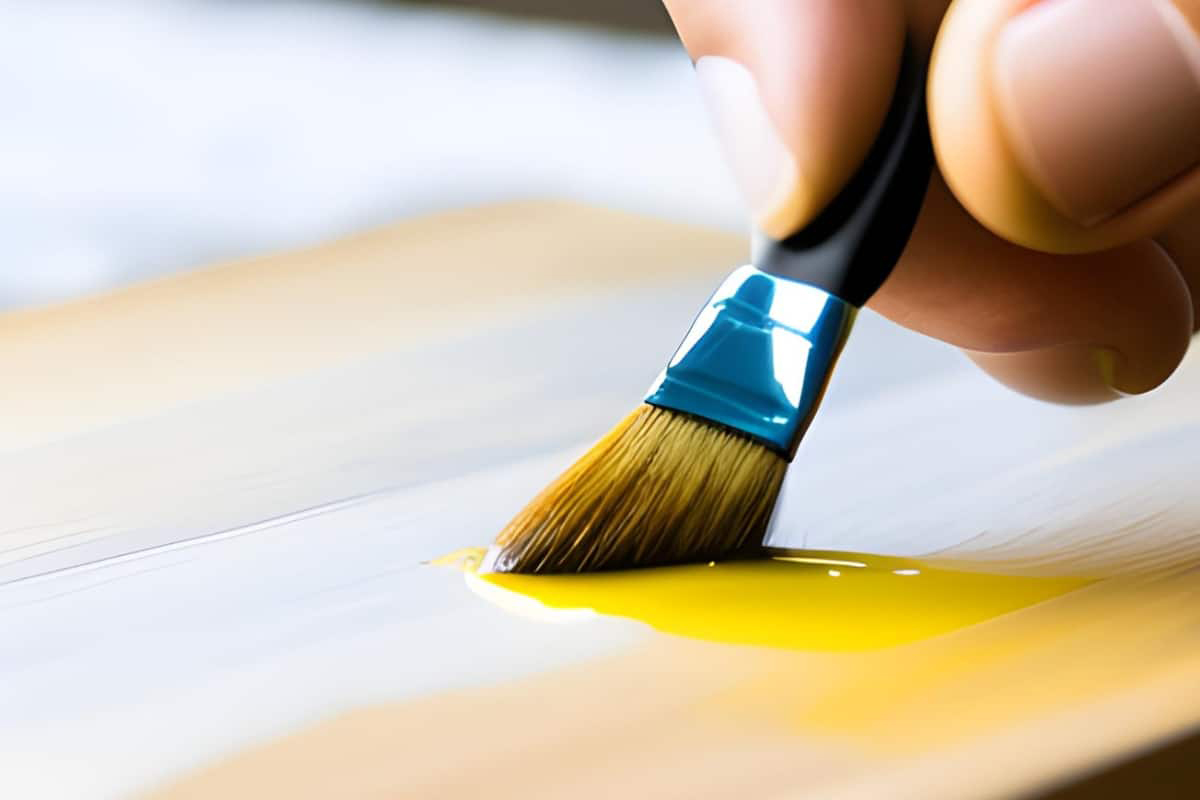
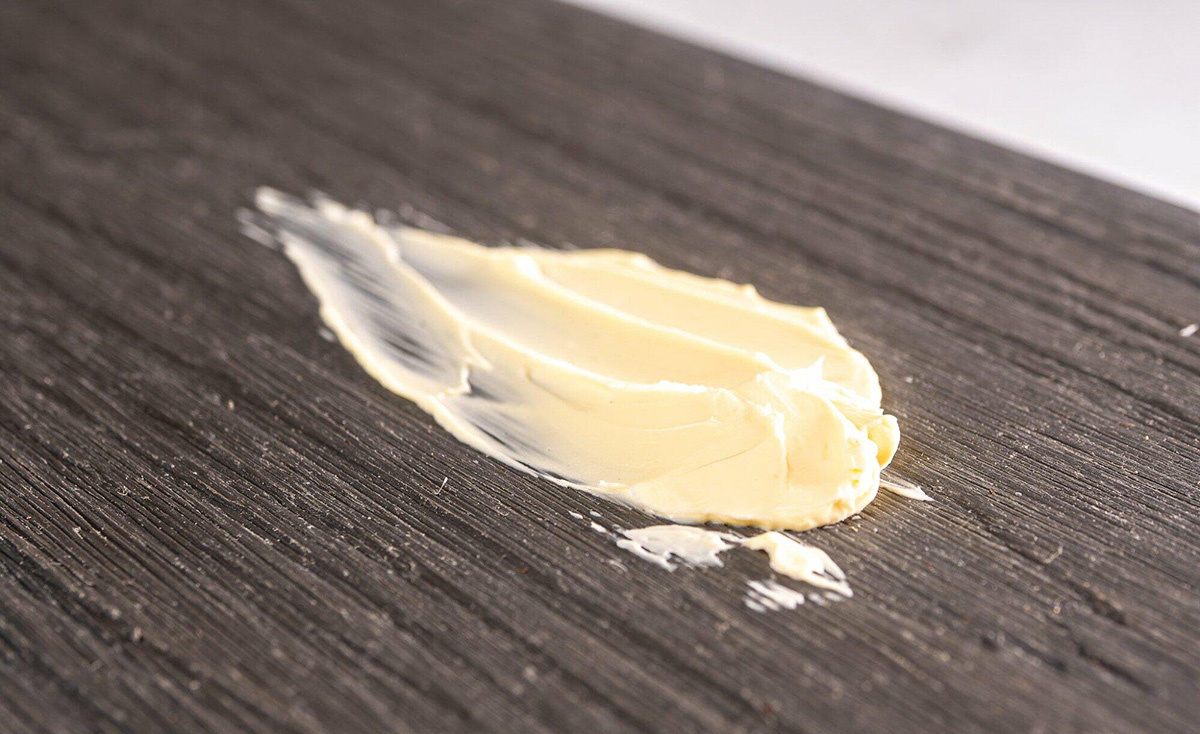
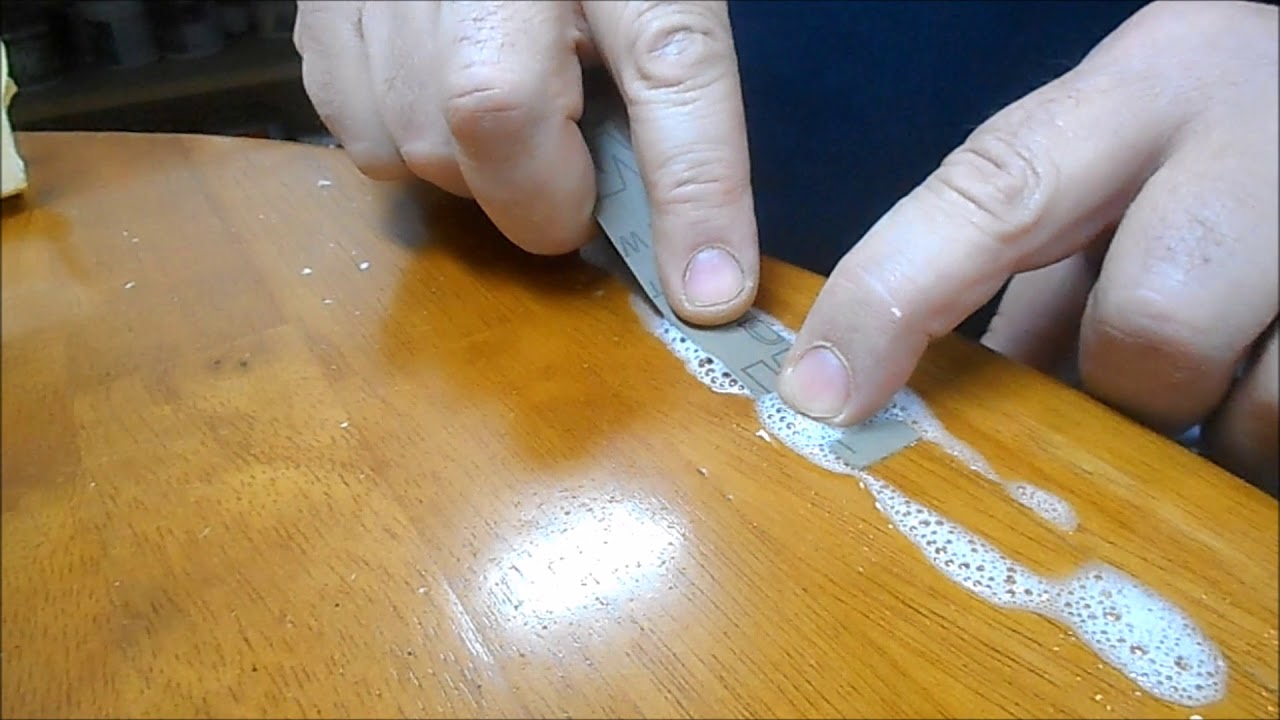
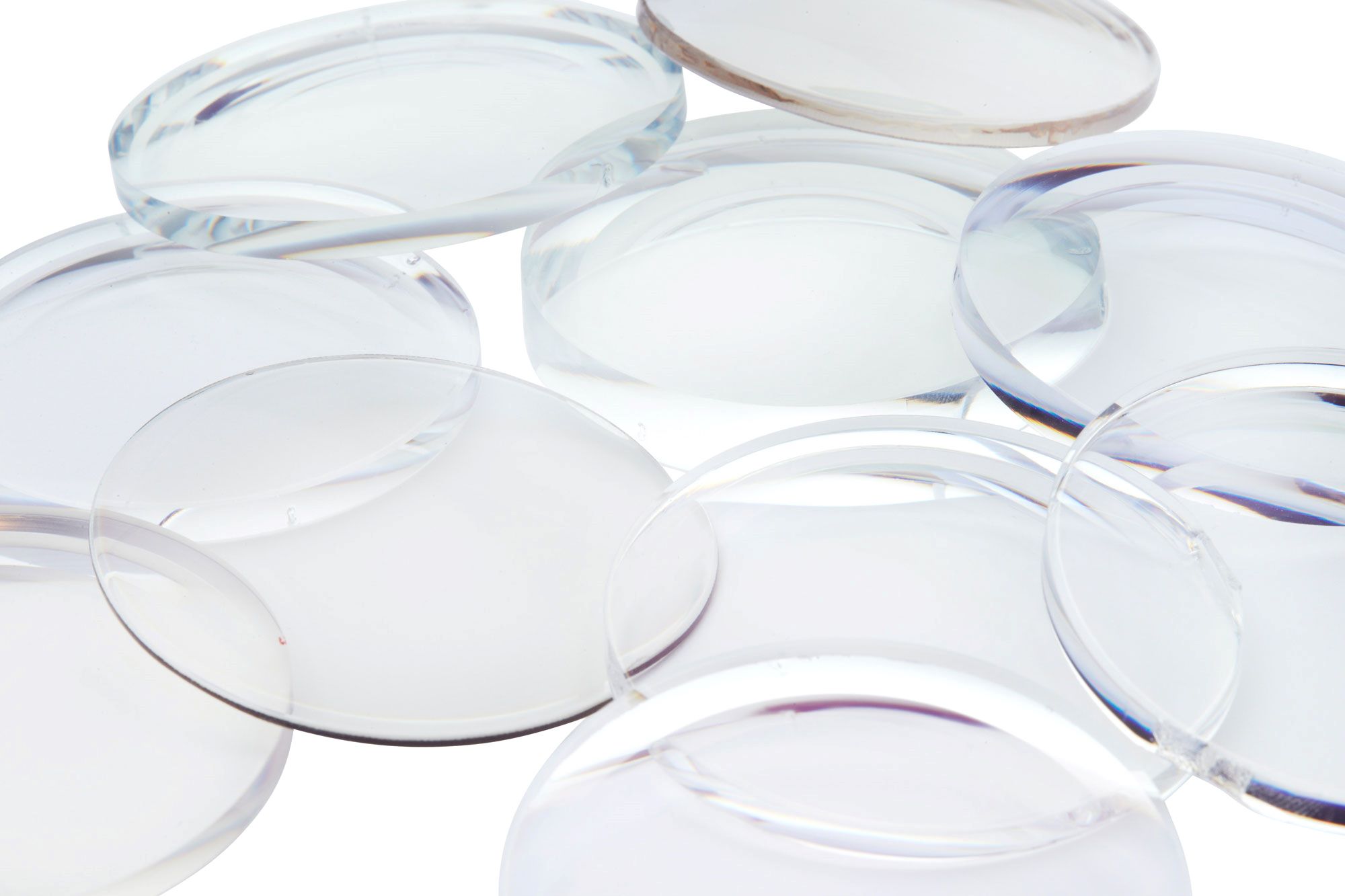
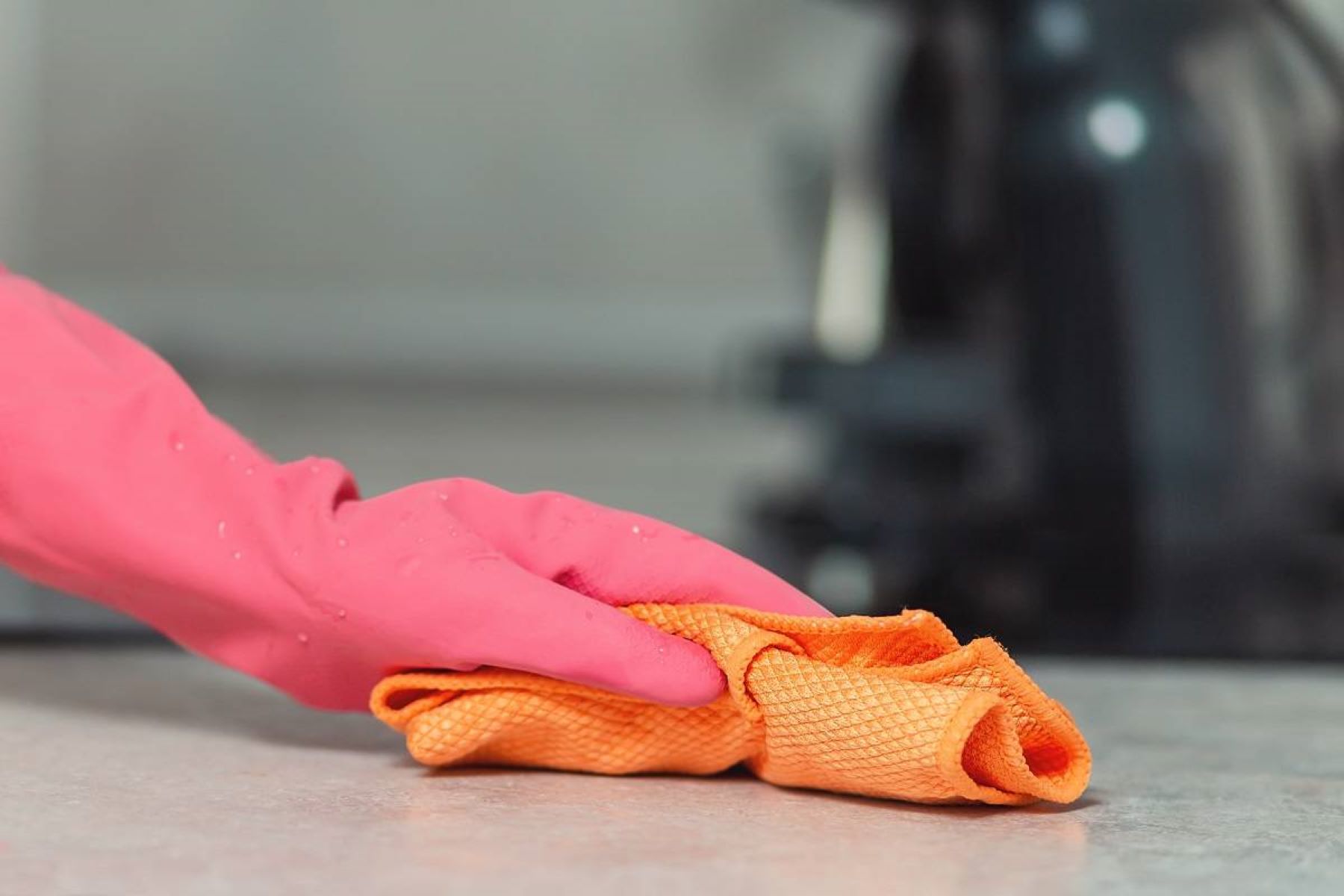
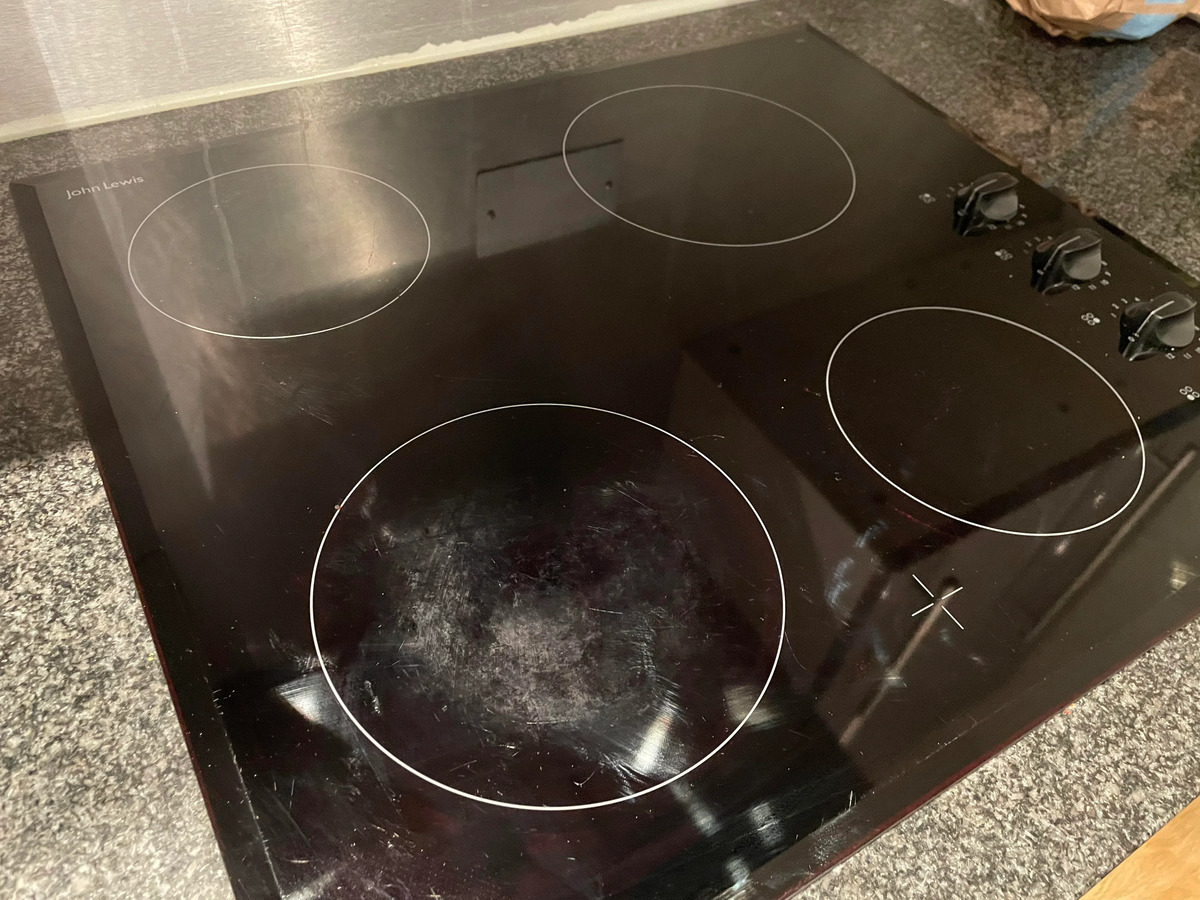
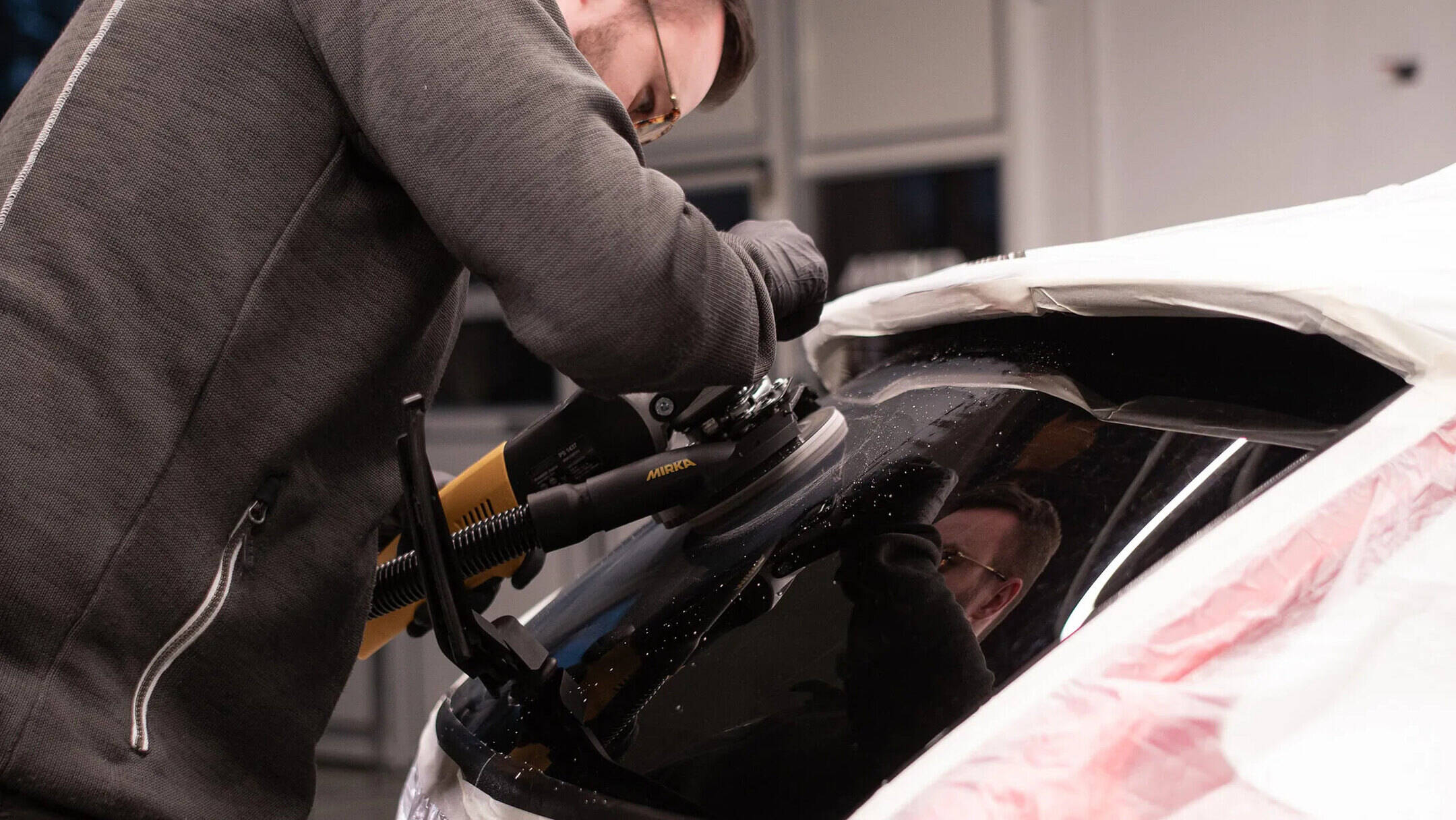
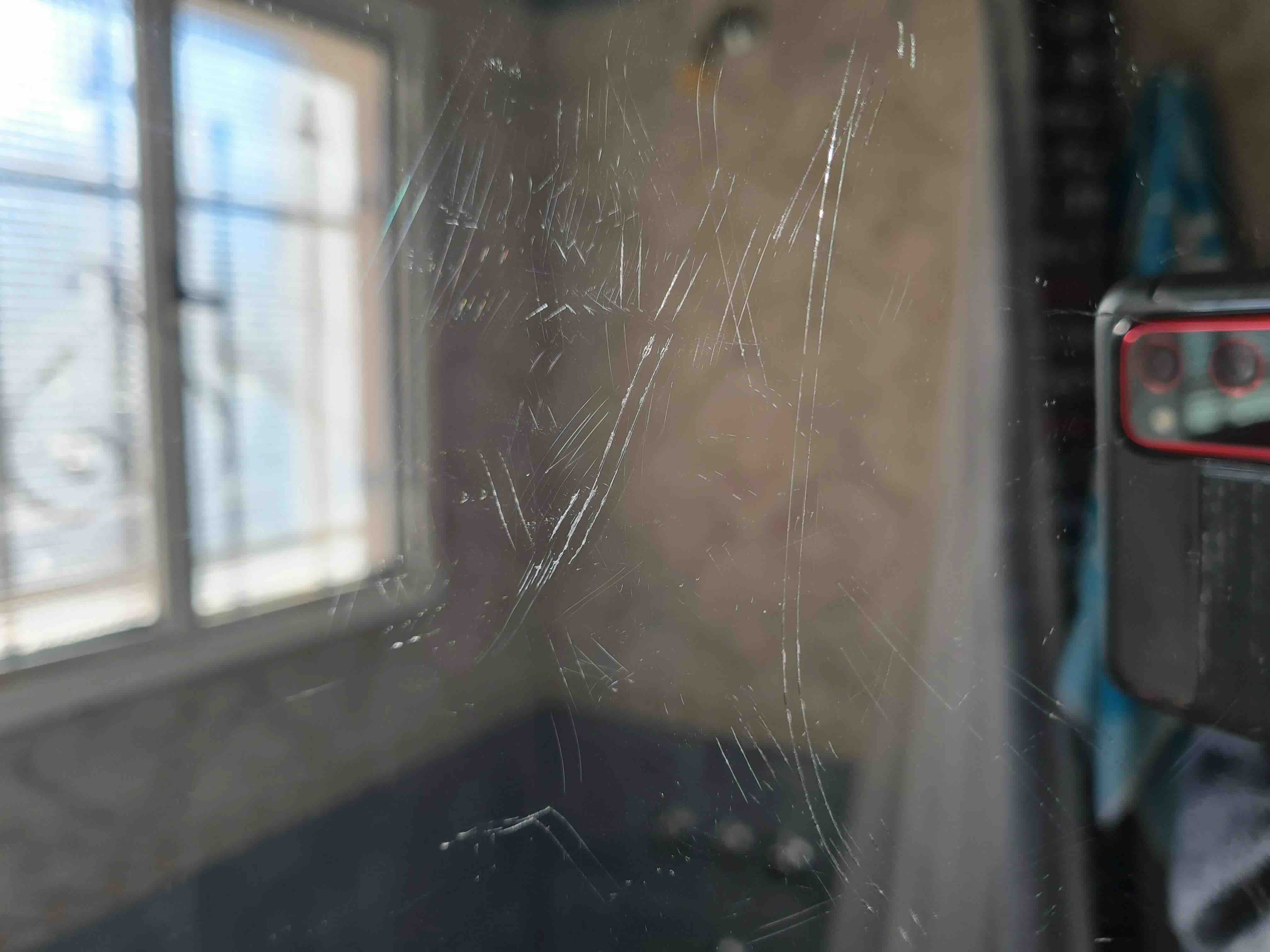
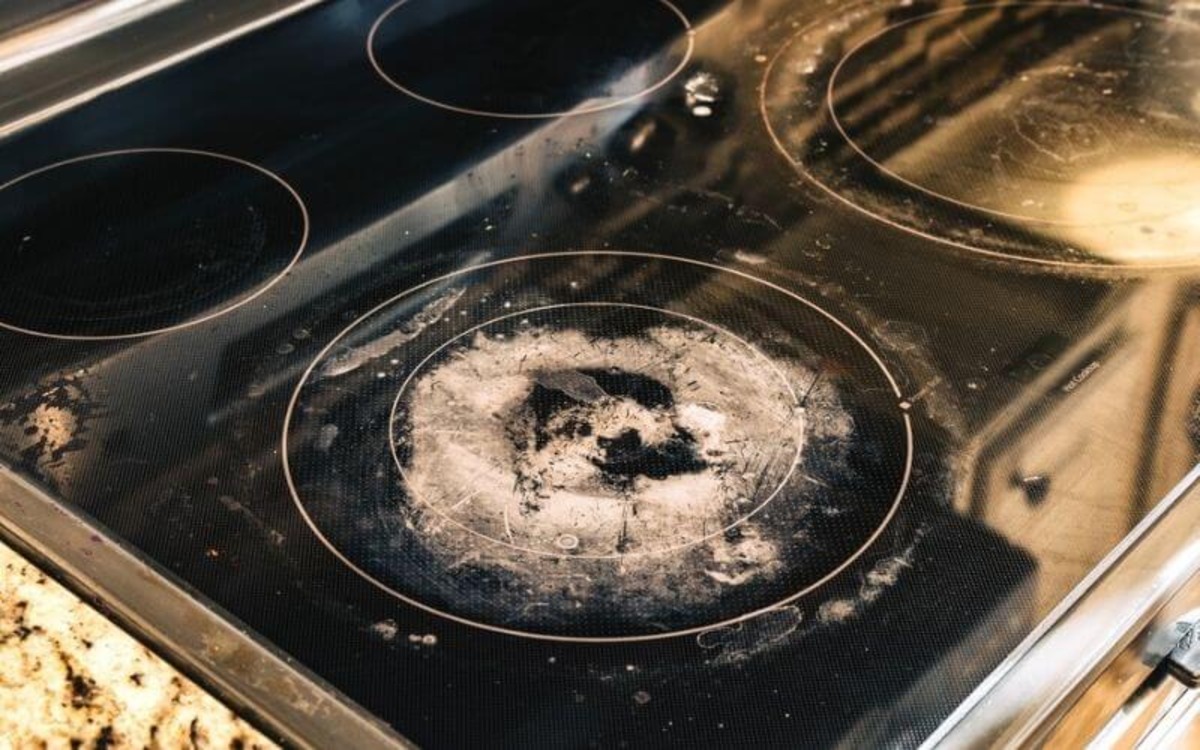
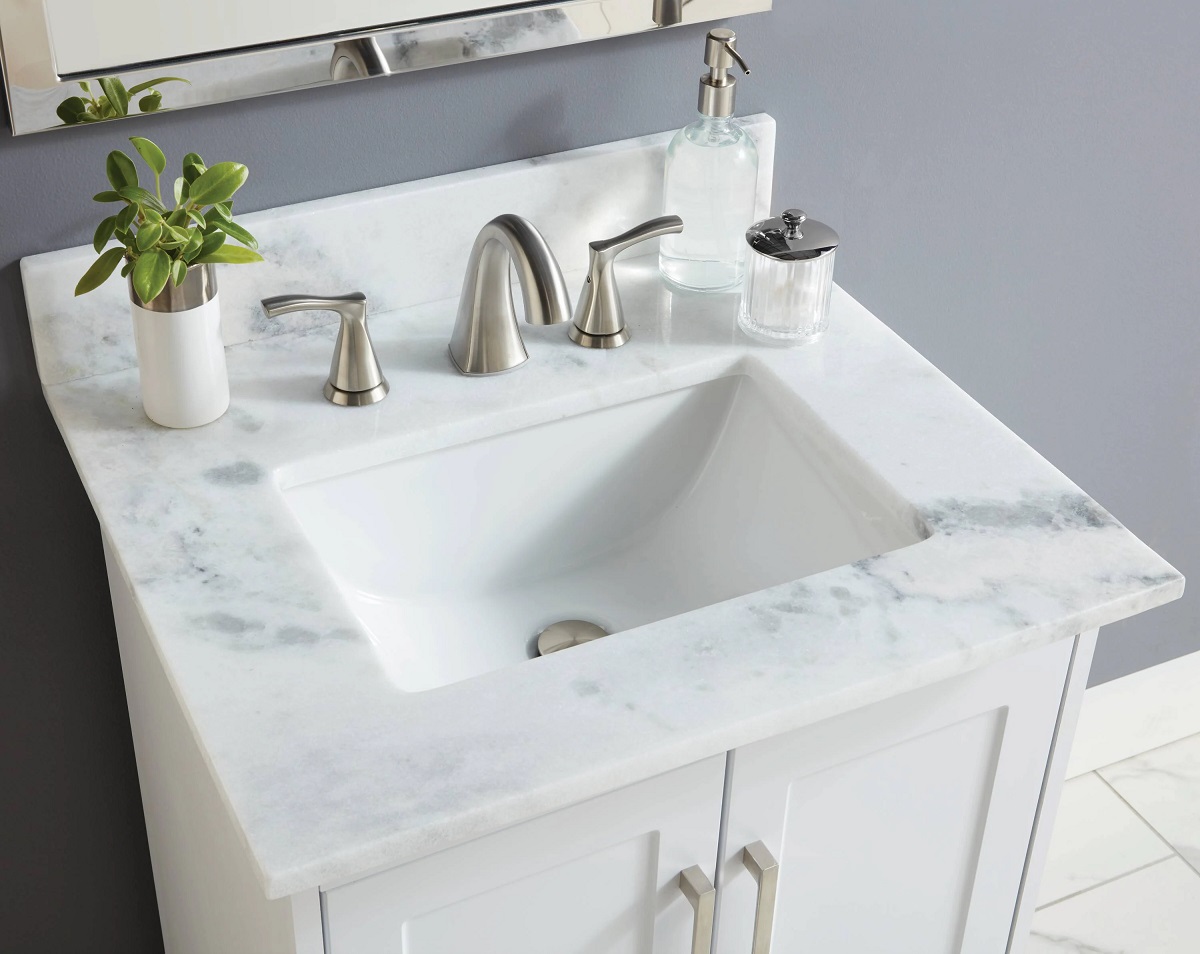
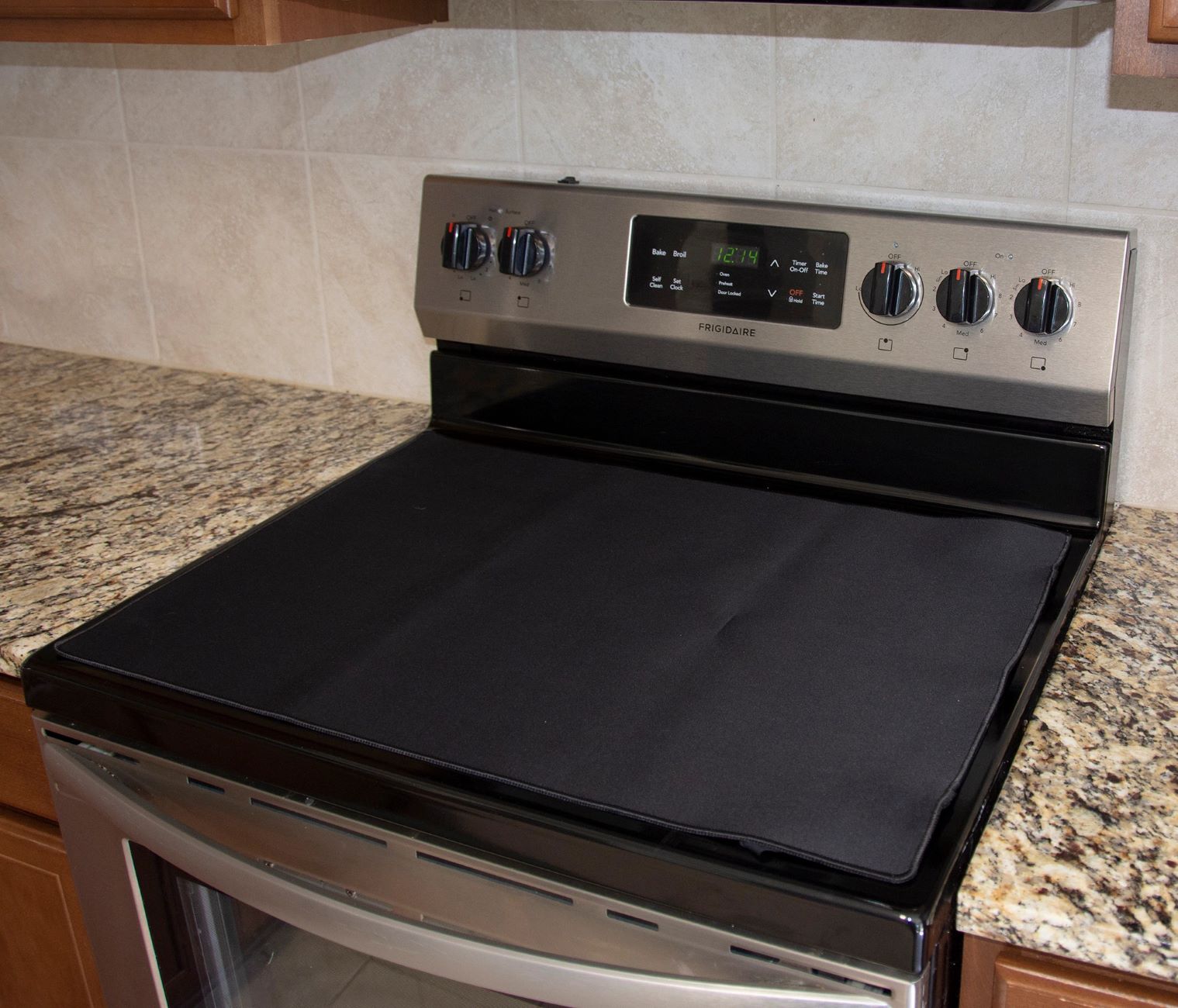
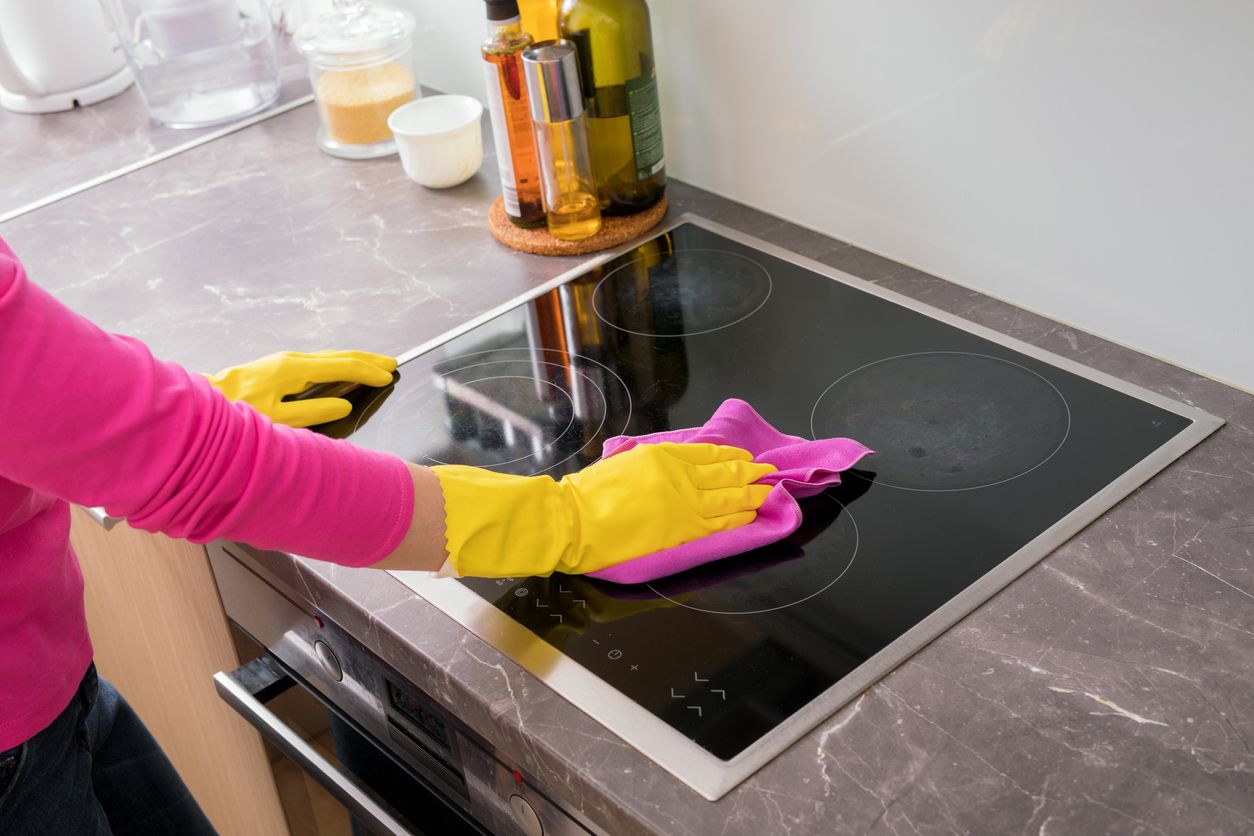

0 thoughts on “How To Remove Scratch From Glass Lenses”